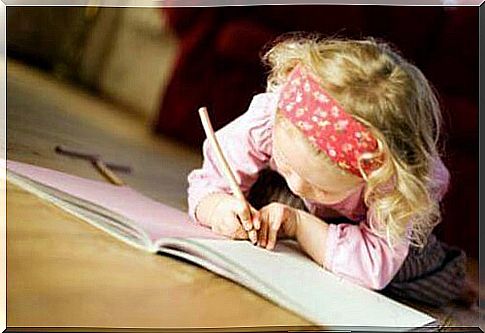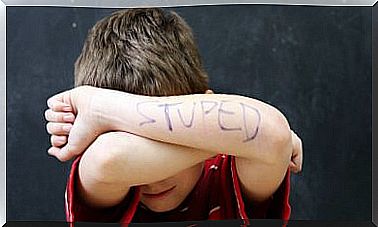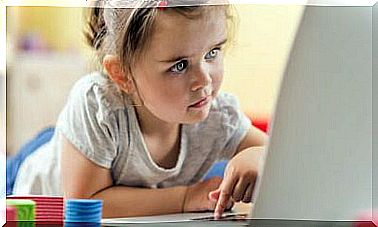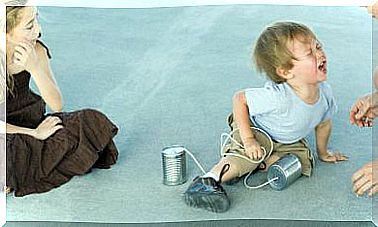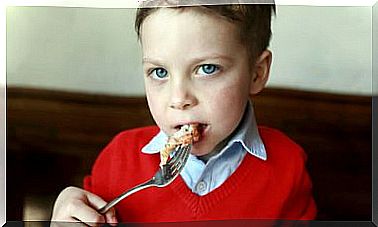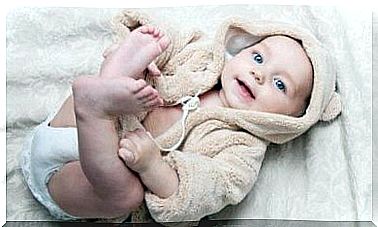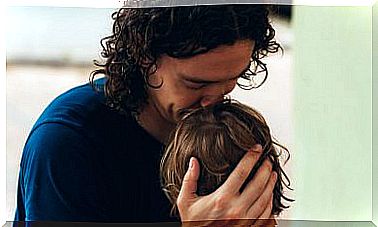4 Activities For Children With Dyslexia
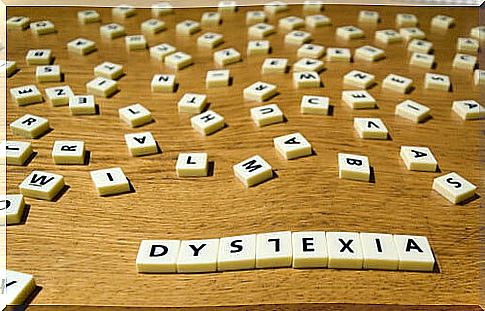
Dyslexia is a learning disorder that is detected around the age of five or six. It mainly affects the child’s ability to read, although it can extend to other skills. With good treatment, it is usually almost completely overcome after a certain time. Here are some activities for children with dyslexia.
Dyslexia, which can affect a child’s abilities and school performance, has no absolute cure. But it is also not something impossible to overcome, at least in part. Just a series of prolonged exercises over a period of time necessary for your symptoms to stop, even partially, is enough.
This condition has a neurobiological origin. The area where dyslexia manifests itself most clearly is reading, since the child is unable to recognize letters. Nor will you be able to decode their sound, memorize them, and much less associate them to build words.
However, by causing complications to interpret symbols, it is a disorder that can manifest itself in other areas. For example, mathematics, which requires decoding numbers and signs.
How does dyslexia affect children?
The most obvious consequence of this language disorder is school performance. Children with dyslexia generally do not meet the standards required for children their age in school. However, they are granted certain concessions based on their difficulties. Furthermore, this can be largely overcome by certain activities for children with dyslexia that can be done in the classroom.
On the other hand, and linked to the previous point, it also generates a deterioration in their social life. This occurs because the child suffers a logical loss of confidence that only inhibits him and complicates his relationship with classmates, friends and teachers.
Lastly, beyond the fact that dyslexia is a disorder that has nothing to do with the child’s intelligence and cognitive ability, their self-confidence is often affected by this inconvenience. It makes sense that it happens, since it feels inferior with respect to the achievements and advances of its colleagues.

In any case, it is important that, in parallel with the treatment, the parents do not allow the child to abandon his activities or become discouraged to start new projects. In time, you will overcome this problem and be able to continue your normal life fully.
4 activities for children with dyslexia
Here is a list of simple activities to help children with dyslexia progress in their treatment.
1.- Phonological awareness
It is known as the best of activities for children with dyslexia. It consists of developing the ability to mentally manipulate the sounds of language.
It is composed of a series of activities in which the written part is left aside and only the phonemes are examined. For example: deciding if a certain sound is in a word, separating it into syllables or replacing one phoneme with another.
2.- Search for letters or written words
You can take magazines or newspapers and ask him to find and count a certain letter or word that is repeated a lot. This will allow you to better discriminate and memorize each of them.
In addition, you can complement this game with other exercises, such as pronouncing its sound or doing it as a competition. It is advisable, in these cases, to let the child “win” so that his confidence grows as he learns.
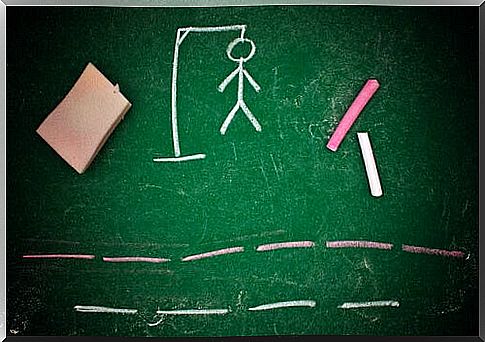
3.- Word games
You can approach this in different ways. First, you can write two similar words that differ only by one letter. An example: duck- turkey. Then ask him to find the difference in writing and orally.
On the other hand, you can also ask him to be the one to replace a letter. This way, even if the word formed is incorrect, you will be able to better distinguish how sounds and words are formed.
4.- Board games or magazines
The classic crosswords, word search or the famous “hanged man” can be of great help to advance in the identification of phonemes.
In fact, incorporating the playful aspect (always accompanied, of course) into activities for children with dyslexia will make them forget at times that, in a way, they are doing a “homework” for their linguistic handicap.
Professional consultation cannot be missed
We must always be clear, beyond the undoubted benefit of these activities for children with dyslexia, that the ideal treatment is that indicated by the speech therapist.
In addition to these sessions and exercises done at home, dyslexia can also be treated in the classroom. Teachers can connect with the specialist caring for the child for specific instructions. The interdisciplinary approach is always advantageous. Undoubtedly, the results should come if the process is well carried out.
